A new analysis predicts that minority groups in America will become the majority of the population by 2050. This significant demographic shift reflects the changing face of the nation.
Recent Increase in Multicultural Population

Data from the American Community Survey reveals that since 2021, America’s multicultural population has grown by nearly 4 million. This increase highlights the rapid diversification of the U.S. population.
Current Population Breakdown

Currently, white Americans constitute approximately 58 percent of the population, totaling around 192.2 million. Meanwhile, Black, Hispanic, Asian, and other racial groups make up about 141.1 million Americans.
Read More: These “Trump” Stocks Could Take Off if He’s Re-elected
Projected Growth of Hispanic Americans
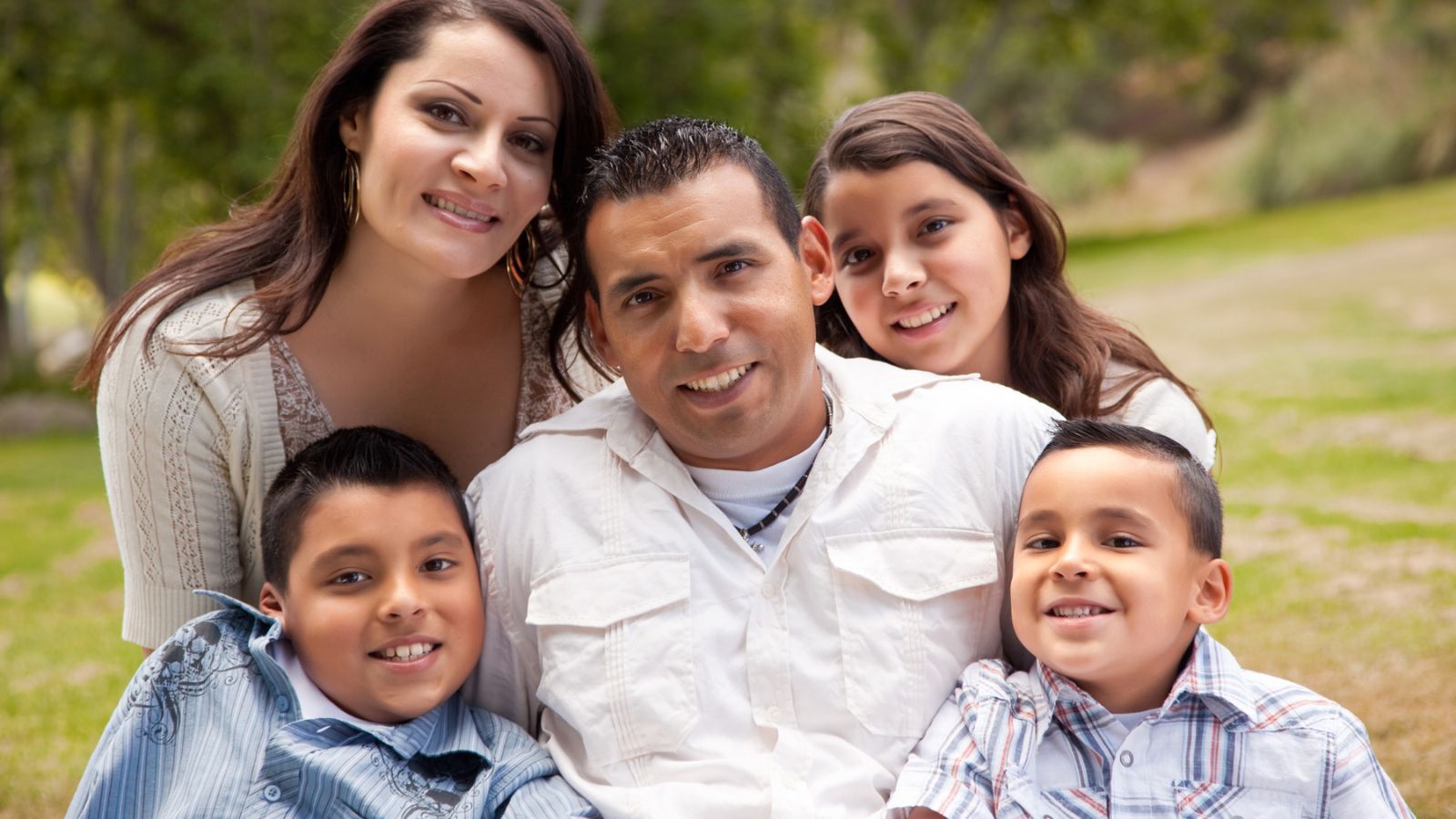
By 2050, Hispanic Americans are expected to see the most significant population growth, increasing by about 6 percent. In contrast, the white population is projected to decrease by around 11 percent.
Multicultural Influence in the U.S.
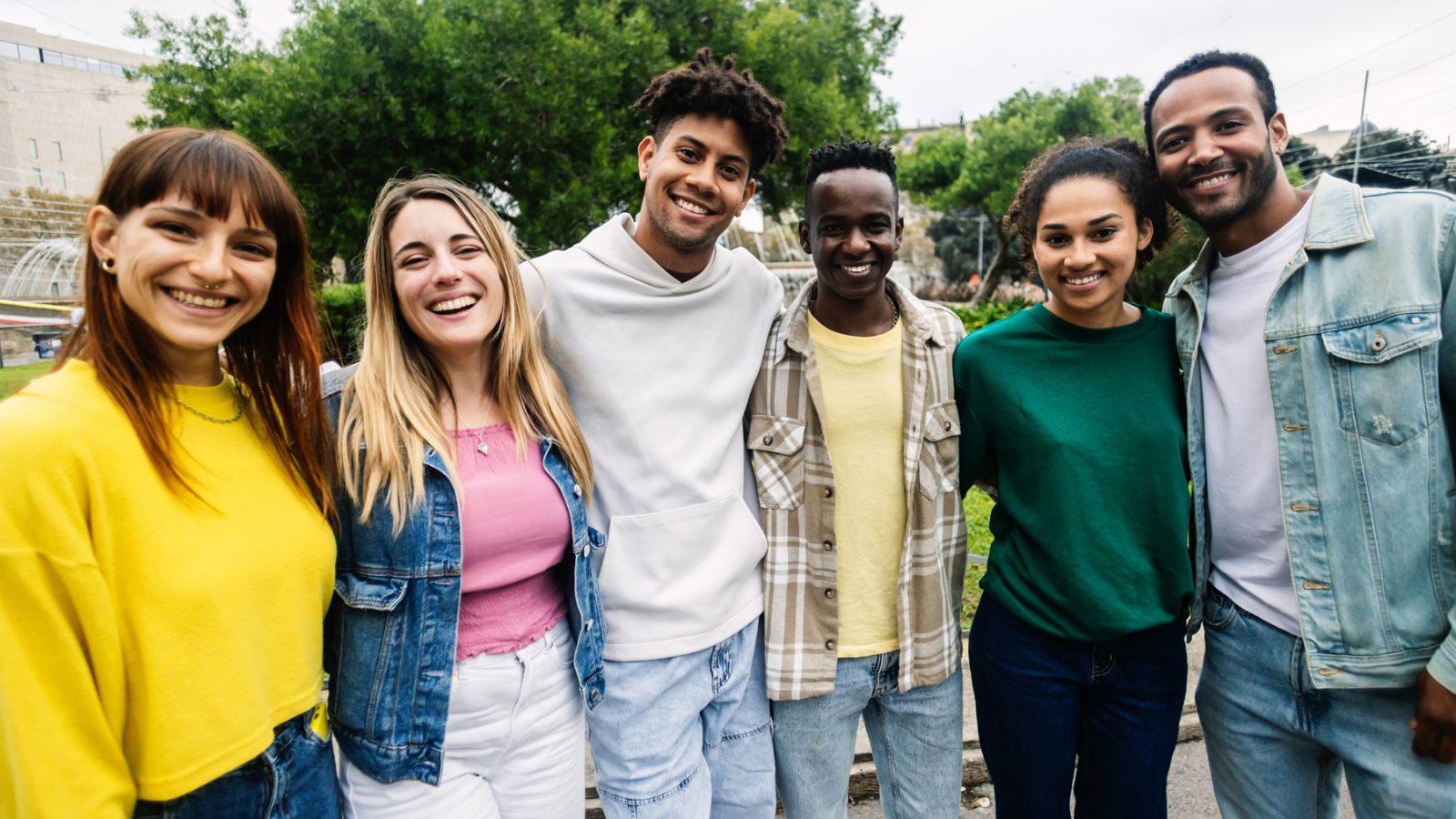
Sudipti Kumar, Director of Multicultural insights from Collage Group emphasizes the growing influence of multicultural populations in the U.S. She notes the increasing importance of diverse perspectives and cultural understanding for brands and organizations.
Factors Behind Population Changes

The report attributes various reasons for these demographic changes. For instance, the rise in the Asian American population is largely due to immigration.
Also Read: Trump’s Comments on Civil War Draws Response From Republicans
Multicultural Perspectives and Political Impact

The growing multicultural population holds diverse characteristics and viewpoints. These changes could significantly influence political outcomes in the future.
Political Leanings Among Minority Groups
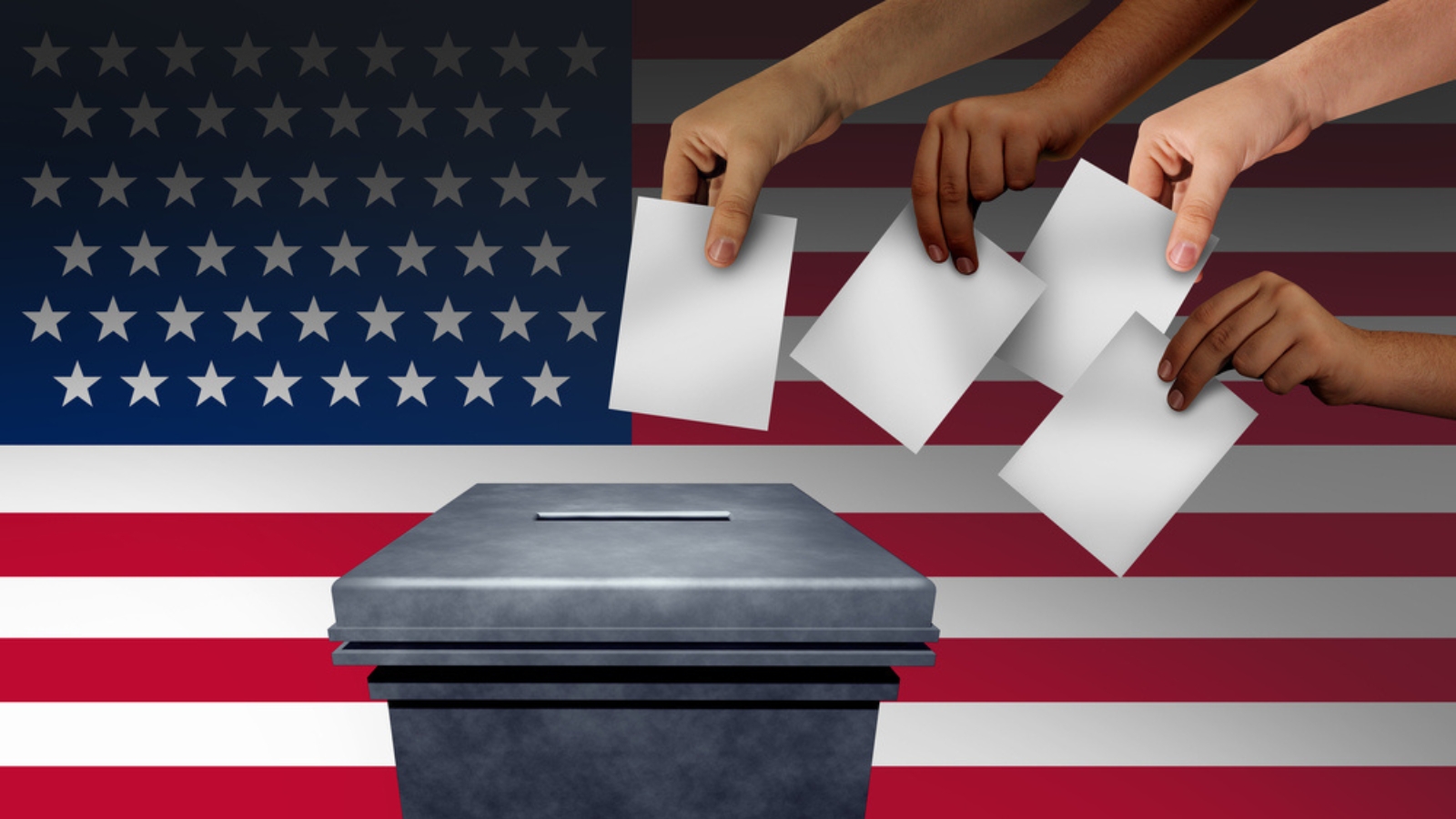
A substantial portion of Hispanic, Black, and Asian Americans identify as liberal. Black Americans are the most likely to identify this way, with 37 percent doing so.
Increasing Need for Foreign Language Services
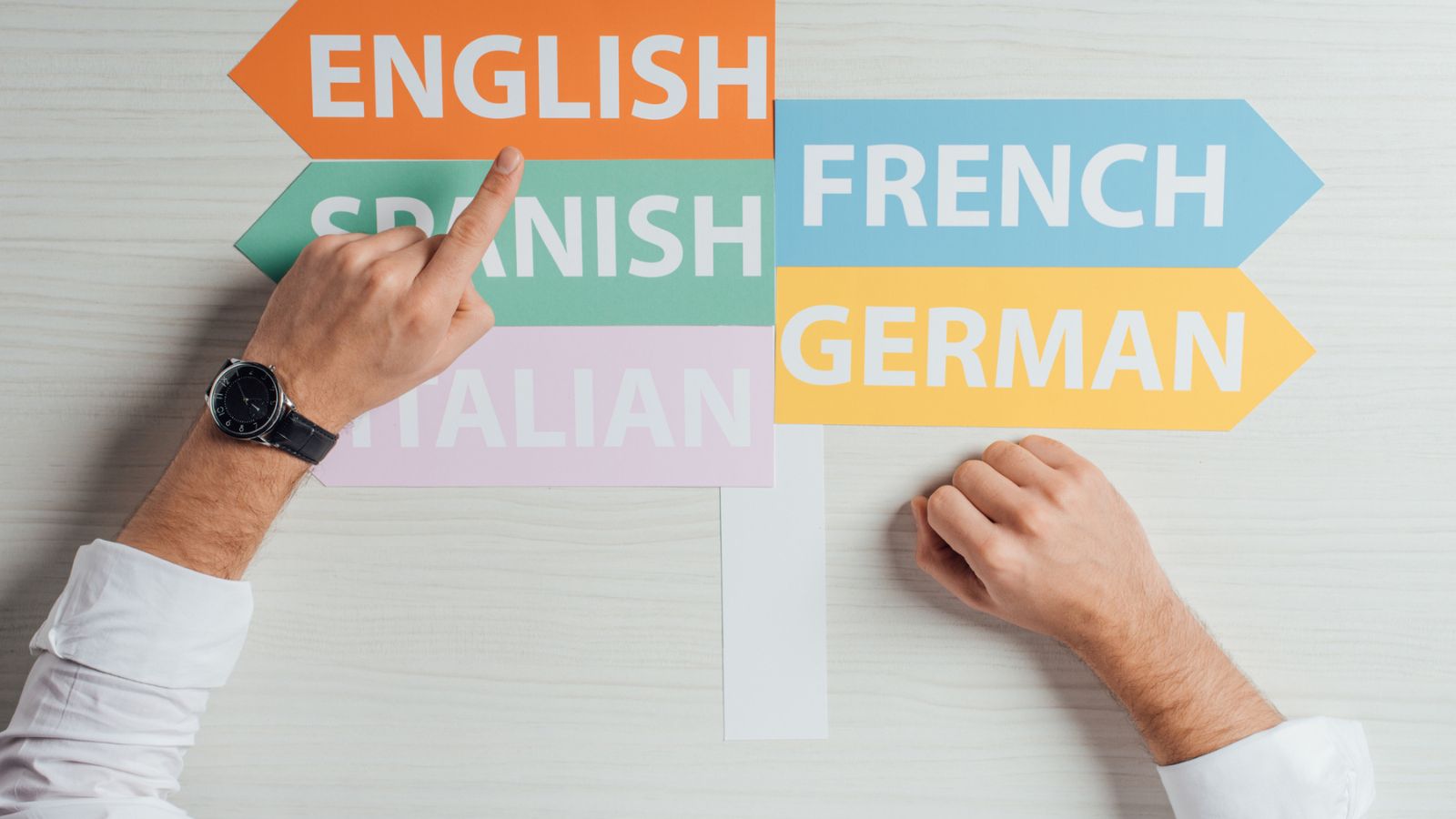
The demographic shift may lead to a greater demand for foreign language services. While most Hispanics are proficient in English, a majority speak Spanish at home, and significant portions of Black and Asian Americans speak non-English languages at home.
Read More: Former Representative George Santos Pleads for Second Chance
Cultural Transformation and Brand Engagement
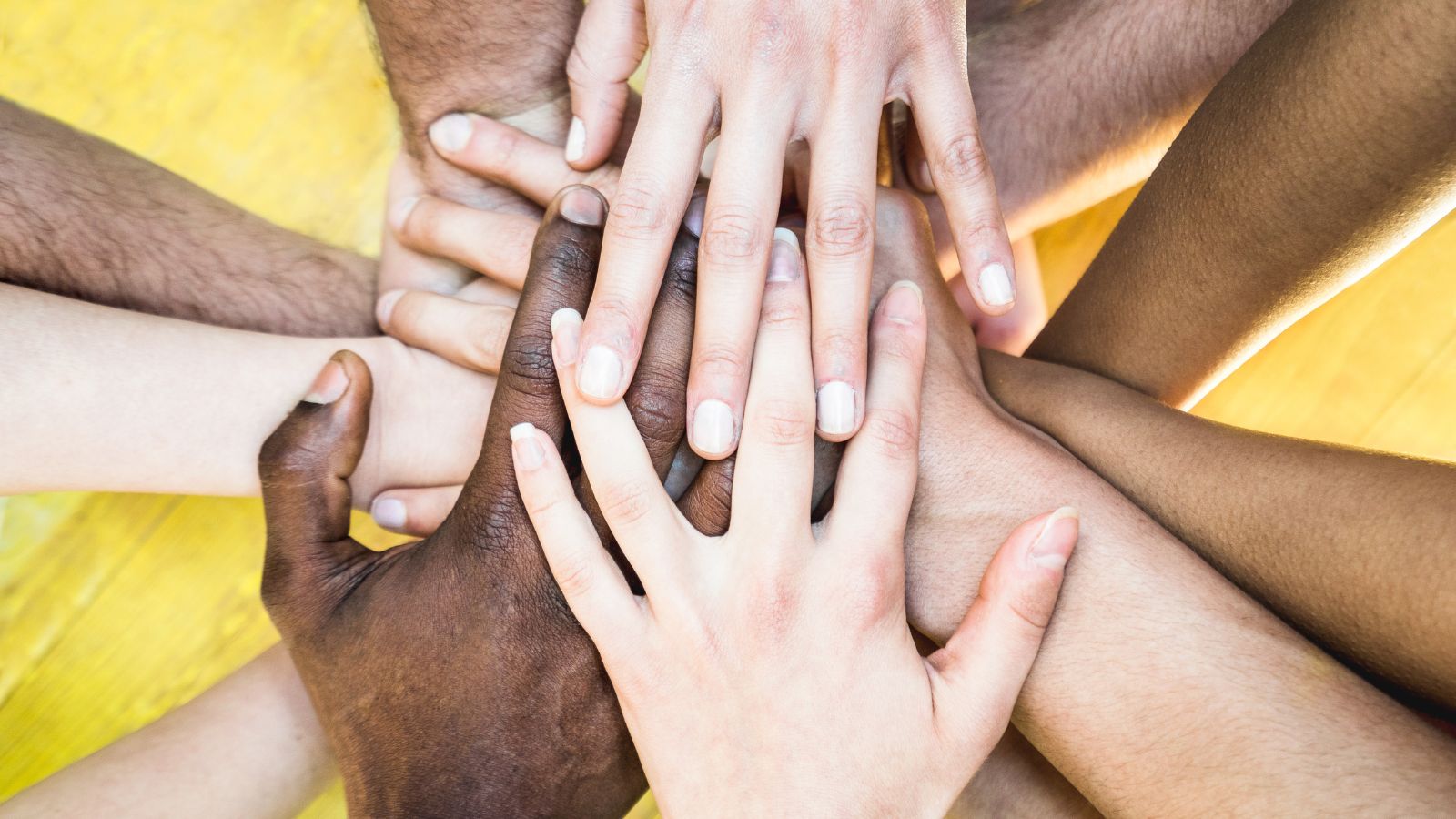
Jenny Wolski of Collage Group discusses the accelerating cultural transformation in America. She highlights the need for brands to engage with cultural diversity at a more nuanced level.
Expectations from Brands in a Diverse America

Wolski points out that Americans now expect more cultural interaction from brands. Successful engagement with the diversifying population will distinguish brands from their competitors.
Systemic Inequalities Affecting Black Americans

Despite the increasing multiculturalism, systemic inequalities disproportionately affect Black Americans. They, along with Hispanics, are less likely to have a bachelor’s degree and earn below the median income.
Also Read: Sweden Issues Warning of Impending Conflict
Home Ownership and Earnings Among Racial Groups

Asian Americans and white Americans are more likely to own homes. Additionally, Asian Americans emerge as the highest-earning demographic across all races and ethnicities.
More from The Stock Dork – Private U.S. Military Company in Discussion with Central African Republic


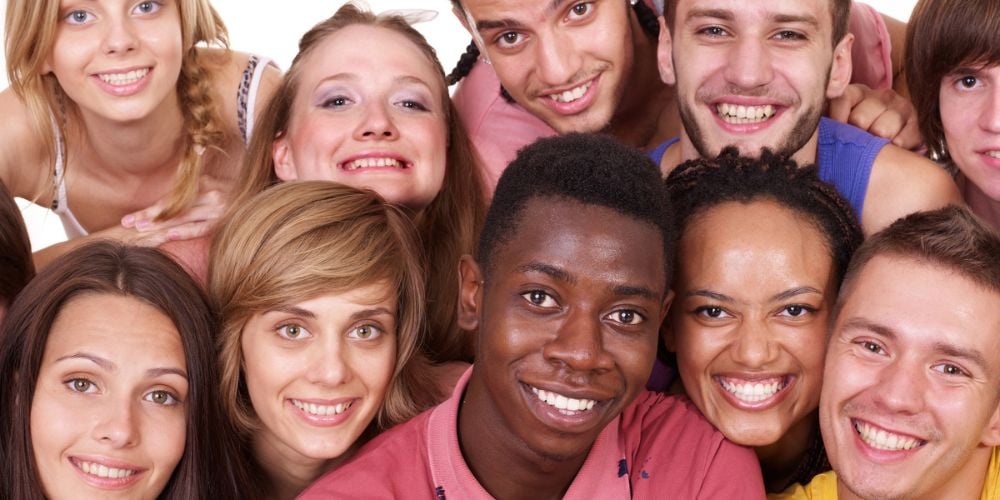
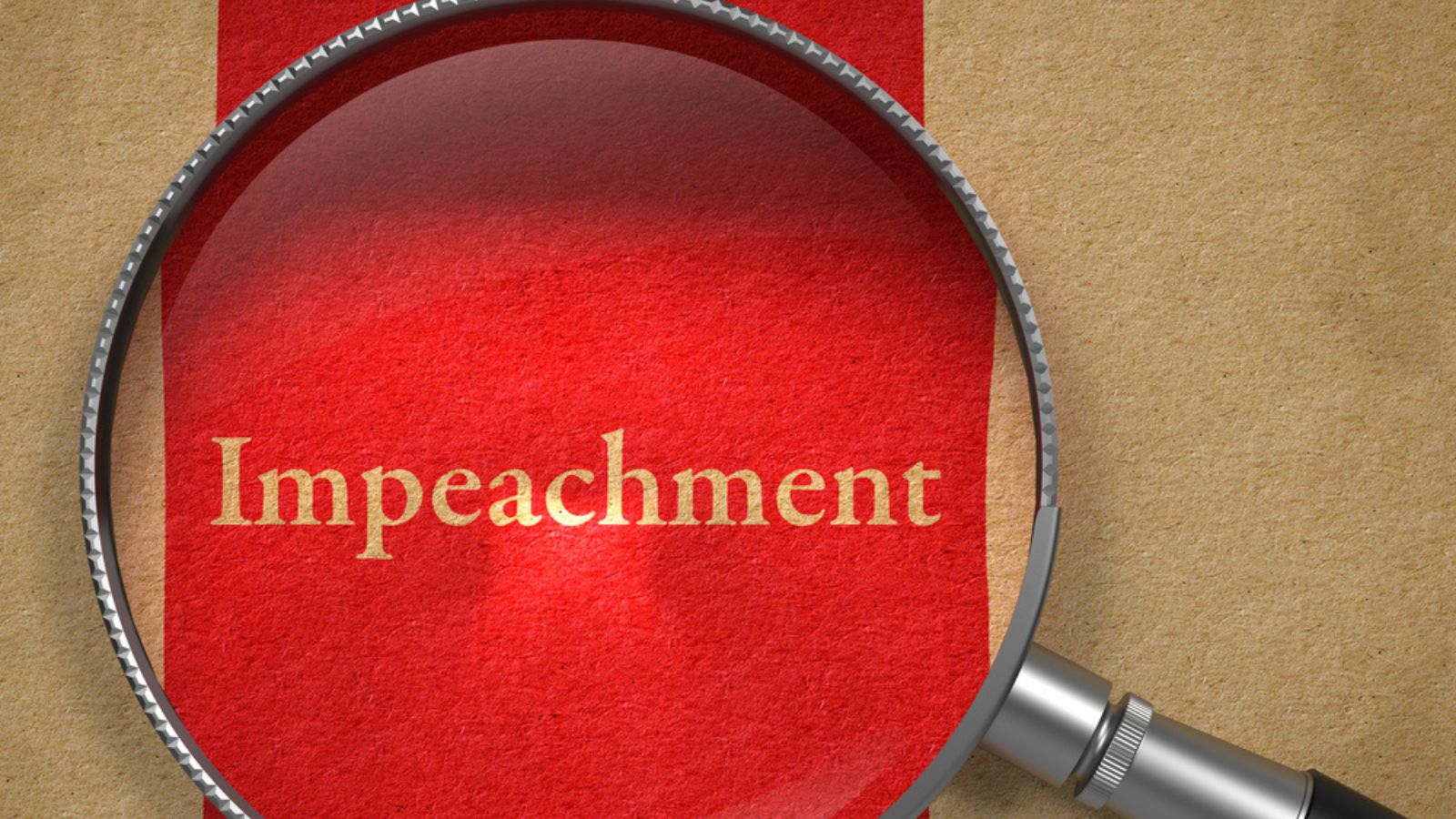

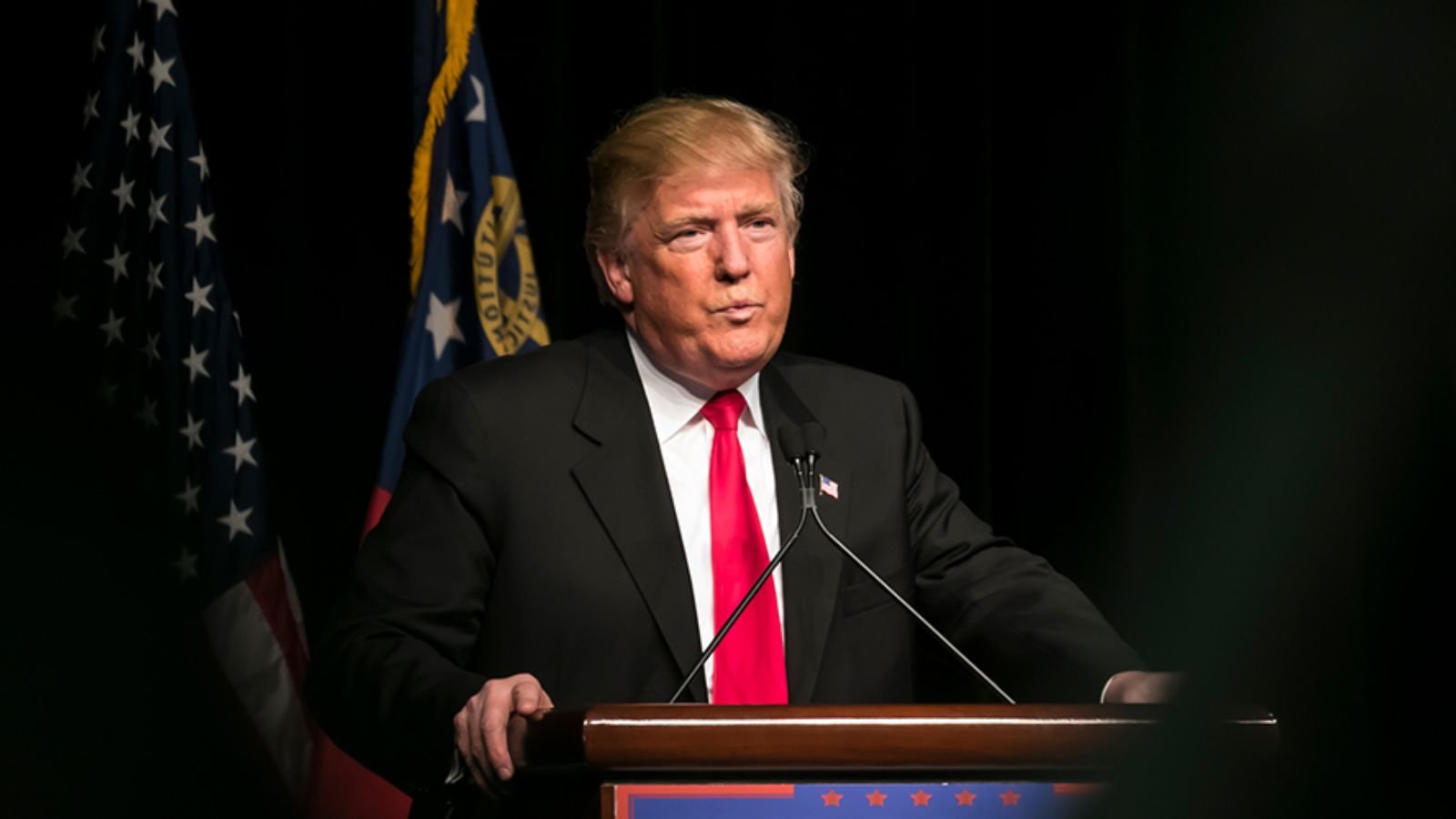
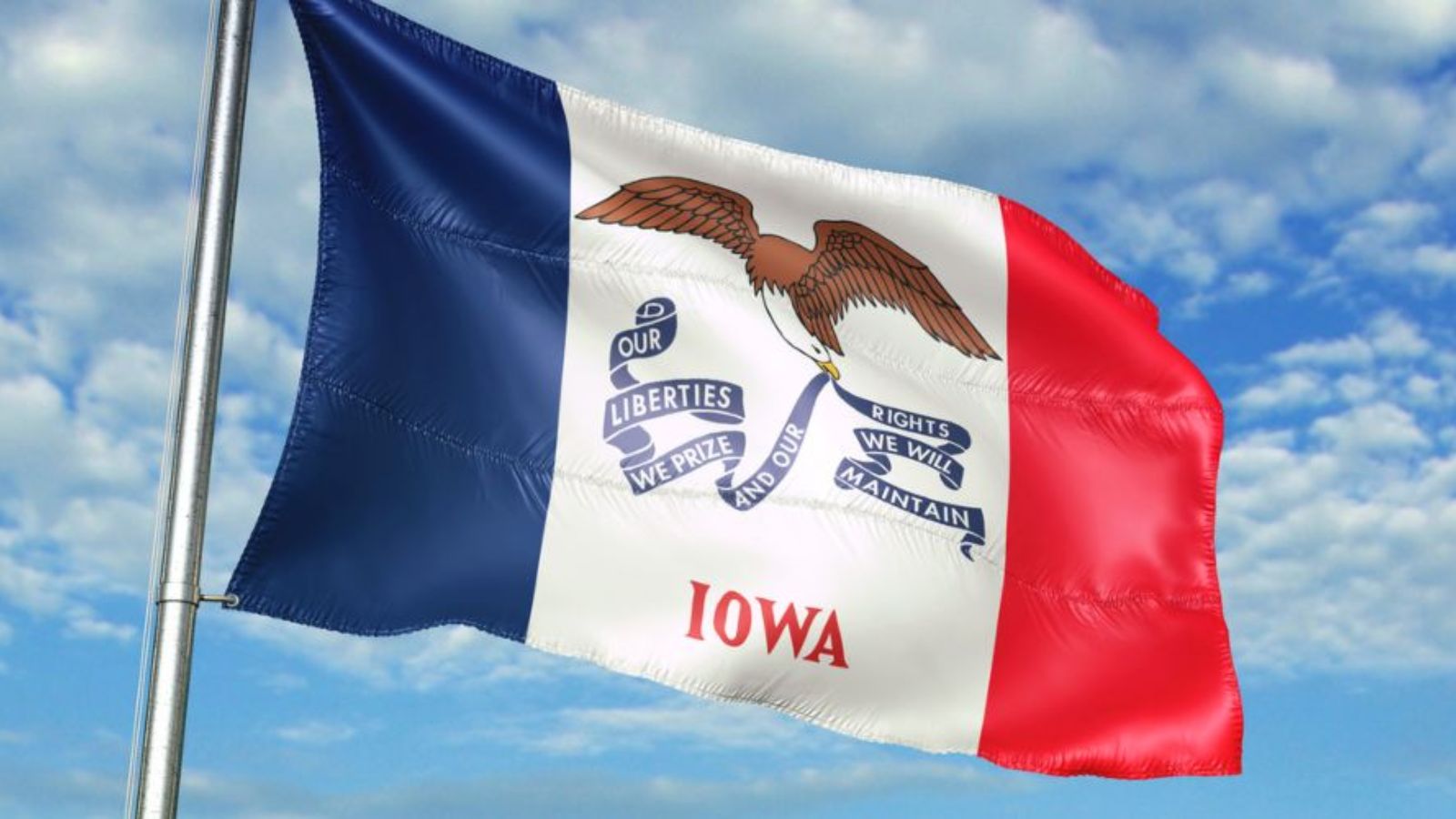
 Tags:
Tags:










